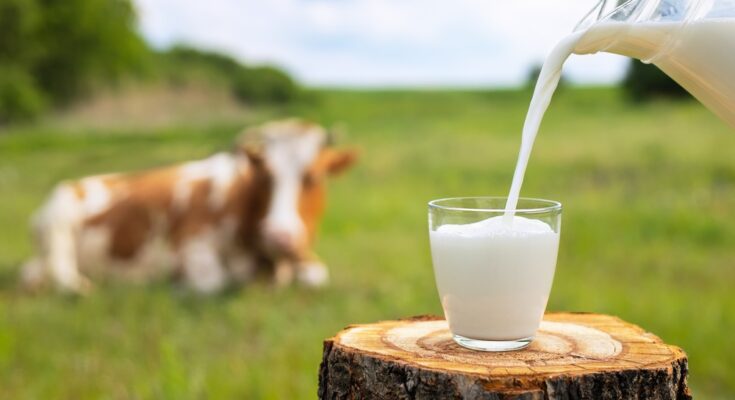Milk has been a staple in diets around the world for centuries, but not all milk is created equal. The debate between raw and pasteurized milk has sparked curiosity and controversy among health-conscious consumers, dairy enthusiasts, and nutrition experts alike. Whether you’re considering a switch or simply looking to expand your knowledge, we’ll guide you through exactly what you need to know about raw versus pasteurized milk.
How Do We Define Raw Milk?
Raw milk comes directly from cows, goats, sheep, or other dairy animals. Whether acquired via manual or machine milking, this milk has not undergone any form of heat processing or pasteurization. By avoiding the pasteurization process, it retains all its original nutrients, enzymes, and microbes. Advocates of raw milk often praise its rich flavor, creamy texture, and unaltered nutritional profile. However, because raw milk does not go through heat treatment to eliminate harmful pathogens, its consumption is often a subject of debate regarding safety.
What Does the Pasteurization Process Involve?
Pasteurization is the process of heating milk to a specific temperature for a set period to kill harmful bacteria, such as E. coli, Salmonella, and Listeria, and extend the milk’s shelf life. Named after Louis Pasteur, the French scientist who pioneered the concept in the 19th century, pasteurization is now a standard practice in the dairy industry.
There are different methods of pasteurization, including high-temperature short-time (HTST), ultra-pasteurization, and low-temperature long-time (LTLT). These processes involve a complex list of sterile, food-safe, high-tech dairy farm equipment that has been refined by engineers over the decades to keep the milk we consume clean. Each step in the process balances bacterial reduction with the milk’s flavor and nutritional content.
Key Differences Between Raw and Pasteurized Milk
One of the main differences between raw and pasteurized milk lies in their bacterial content. While raw milk contains both beneficial and potentially harmful microbes, pasteurized milk significantly reduces the risk of foodborne illnesses by killing these pathogens.
Raw milk advocates claim that it contains more enzymes, vitamins, and probiotics, which may be reduced during the pasteurization process. However, the water-soluble vitamins that break down during pasteurization, such as B2, B3, and B6, are available in many other foods that are much safer to eat, such as eggs, legumes, and leafy greens.
Two Types of Raw Milk
Not all raw milk is the same, and its safety often depends on how it is produced and handled. There are two types of raw milk: intended-for-pasteurization-raw milk and intended-for-consumption raw milk.
Raw milk for consumption comes from farms that follow stringent safety protocols, including frequent testing of animals and milking equipment. However, that does not mean there’s zero risk, and even raw milk intended for consumption can still contain harmful bacteria that can kill vulnerable populations such as children and seniors.
So, what is the most important thing you need to know about pasteurized versus raw milk? Raw milk, no matter how “clean,” runs the risk of making you sick. Pasteurized milk does not.



